In an interview published in The Economist on May 24, North Atlantic Treaty Organization (NATO) Secretary General Jens Stoltenberg said that the organization's regulations on the use of Western weapons should be relaxed.
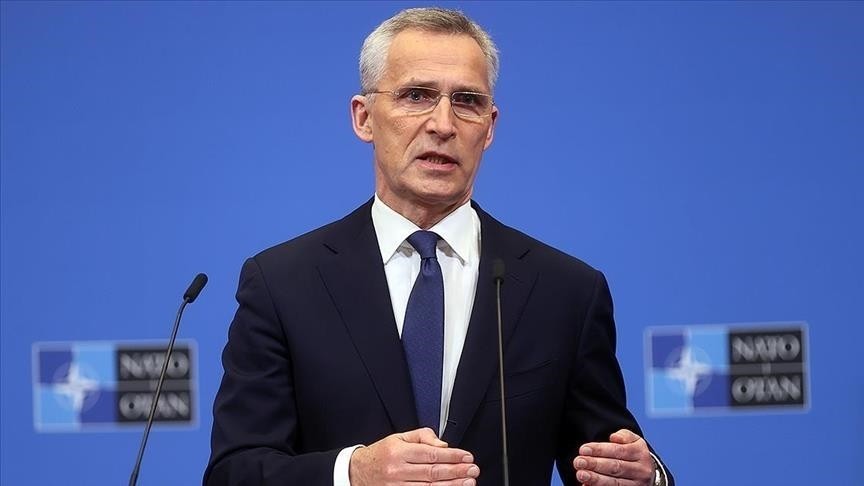 |
| NATO Secretary General Jens Stoltenberg. (Source: Anadolu) |
Specifically, Secretary General of the North Atlantic Treaty Organization (NATO) Jens Stoltenberg called on NATO allies to allow Ukraine to use weapons provided by these countries to attack military targets inside Russian territory.
This is clearly aimed at US President Joe Biden's policy of "controlling what Ukraine can and cannot attack Russia with US-supplied systems".
Allow Ukraine to use weapons but not directly participate in the conflict?
NATO Secretary General said it was time for the allies to consider lifting restrictions on weapons aid to Ukraine. Especially in the current context when many battles are taking place in Kharkov and Kiev is not allowed to use NATO weapons to attack military targets in Russia, making Ukraine unable to counterattack.
If it wants to attack targets in Russian territory, Ukraine has long had to rely on domestically produced unmanned aerial vehicles (UAVs), which have very limited effectiveness.
Mr. Stoltenberg's statement has caused much controversy within NATO countries due to concerns that the conflict could spread.
Some Western analysts point out that at the very beginning of the Russia-Ukraine conflict, the US repeatedly refused to supply weapons to Kiev and only relented months later.
The list includes the High Mobility Artillery Rocket System (HIMARS), Abrams tanks, F-16 fighter jets and the Advanced Tactical Short-Range Ballistic Missile System (ATACMS).
The reason given by the US is that it “wants to avoid an escalatory response from Russia”, especially the use of tactical nuclear weapons. After French President Emmanuel Macron mentioned the possibility of deploying NATO forces in Ukraine in May 2023, Russia conducted nuclear exercises in Belarus, a move that greatly worried the US.
Stressing the task of preventing the Russia-Ukraine conflict from escalating into a full-blown conflict between Russia and NATO in Europe, the NATO Secretary General also drew a distinction between providing weapons, training and military engagement.
According to Mr. Stoltenberg, NATO provides training, weapons and ammunition to Ukraine, but will not directly participate from NATO territory in combat operations in Ukraine.
Asked about the idea of NATO stationing troops in Ukraine if requested by Kiev and supported by the French President, Mr. Stoltenberg affirmed that NATO had no intention of sending ground troops into Ukraine to ensure “it does not escalate into a full-scale conflict.”
Meanwhile, after arriving in Kiev on May 14 and following a statement by British Foreign Secretary David Cameron, US Secretary of State Antony Blinken said Ukraine was allowed to use British-made Storm Shadow cruise missiles to attack targets in Russia.
This move is considered Washington's opening of the possibility of allowing Ukraine to use US weapons to attack military bases and missile systems located in Russian territory.
US Defense Secretary Lloyd Austin also recently hinted that Russian aircraft launching “gliding bombs” from Russian airspace could be legitimate targets for US missiles. However, US National Security Adviser Jake Sullivan has always urged caution.
Given Russia’s asymmetric advantage in the conflict, Mr. Stoltenberg said Ukraine should have access to long-range weapons from the United States. However, Mr. Stoltenberg also distinguished between allowing Ukraine to attack targets in Russia with donated systems and direct NATO involvement in the conflict.
Earlier on May 14, the previous NATO Secretary General Anders Fogh Rasmussen called for allowing NATO countries in Eastern Europe to use ground-based air defense systems to shoot down Russian missiles and UAVs heading towards Ukraine. Mr. Stoltenberg rejected this idea and affirmed that “NATO will not get involved in the conflict”.
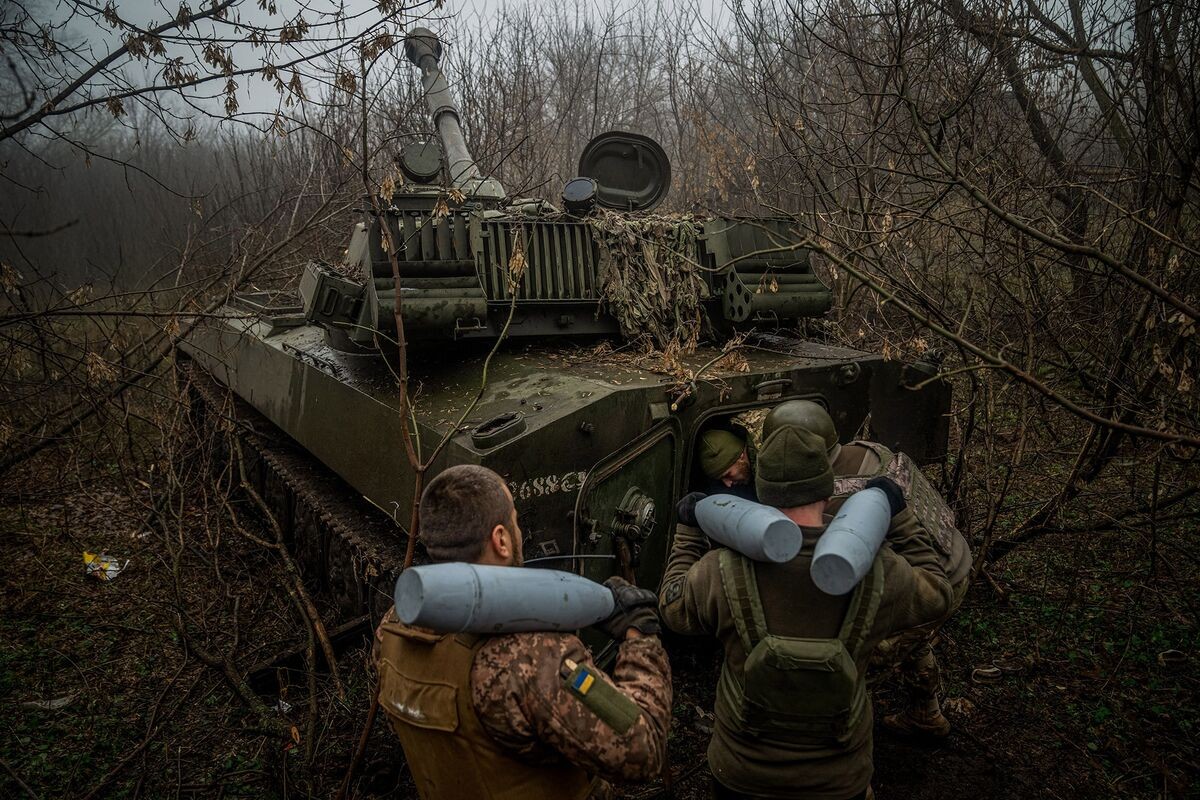 |
| Allowing Ukraine to use Western-supplied weapons to attack inside Russian territory risks spreading the conflict. Illustration: Ukrainian artillerymen load ammunition inside a 2S1 Gvozdika self-propelled gun at a position along the front line in the Donetsk region. (Source: AFP) |
Prospects of Ukraine joining NATO
As for the prospect of Ukraine joining NATO, the interview suggests that this still seems far-fetched.
According to Mr. Stoltenberg, only when the political issue is resolved (the conflict ends and Ukraine's borders are determined), Kiev will be technically ready to become a NATO member.
It is also important that Ukraine’s defense and security agencies meet NATO standards for Kiev to join. As Kiev increasingly has NATO-standard weapons and its military is trained using NATO methods, meeting the technical requirements will be relatively easy.
At the same time, Mr. Stoltenberg also wants NATO to have a larger role in coordinating security assistance and training, taking over much of the work that has been done by the Ukraine Defense Contact Group (Ramstein Group) so far. He said that this is an alliance of 56 countries that come together to help Ukraine, and this is reasonable because 99% of military assistance is provided by NATO member countries.
Even if the conflict ends, Kiev is unlikely to become a member of NATO for many years. The alliance operates on consensus. It would be difficult for Ukraine to meet the political demands of every member state, because if Ukraine joined NATO, other members of the alliance would be obliged under Article 5 to defend Ukraine if it were attacked.
In the interview, Mr. Stoltenberg stressed that “Russian cyberattacks could reach the threshold for Article 5.”
Stoltenberg also warned against expecting any major long-term issues in Ukraine's favor at NATO's 75th anniversary summit in Washington later this summer.
At the upcoming summit, Mr. Stoltenberg still emphasized his commitment to NATO's core mission of "keeping peace ." And according to him, the way NATO has kept peace for the past 75 years "is not to wage war, but actually to prevent war."
Source: https://baoquocte.vn/kha-nang-nato-cho-phep-ukraine-tan-cong-lanh-tho-nga-bang-vu-khi-phuong-tay-272765.html


![[Photo] Award ceremony for works on studying and following President Ho Chi Minh](https://vphoto.vietnam.vn/thumb/1200x675/vietnam/resource/IMAGE/2025/5/20/a08ce9374fa544c292cca22d4424e6c0)
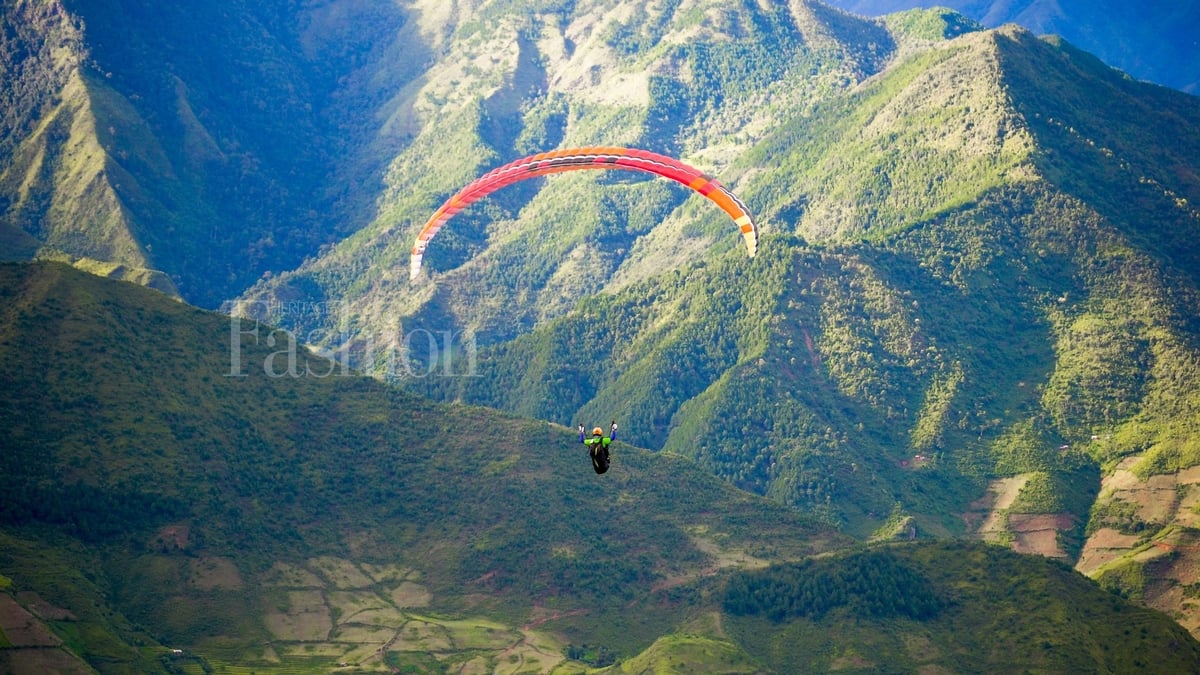
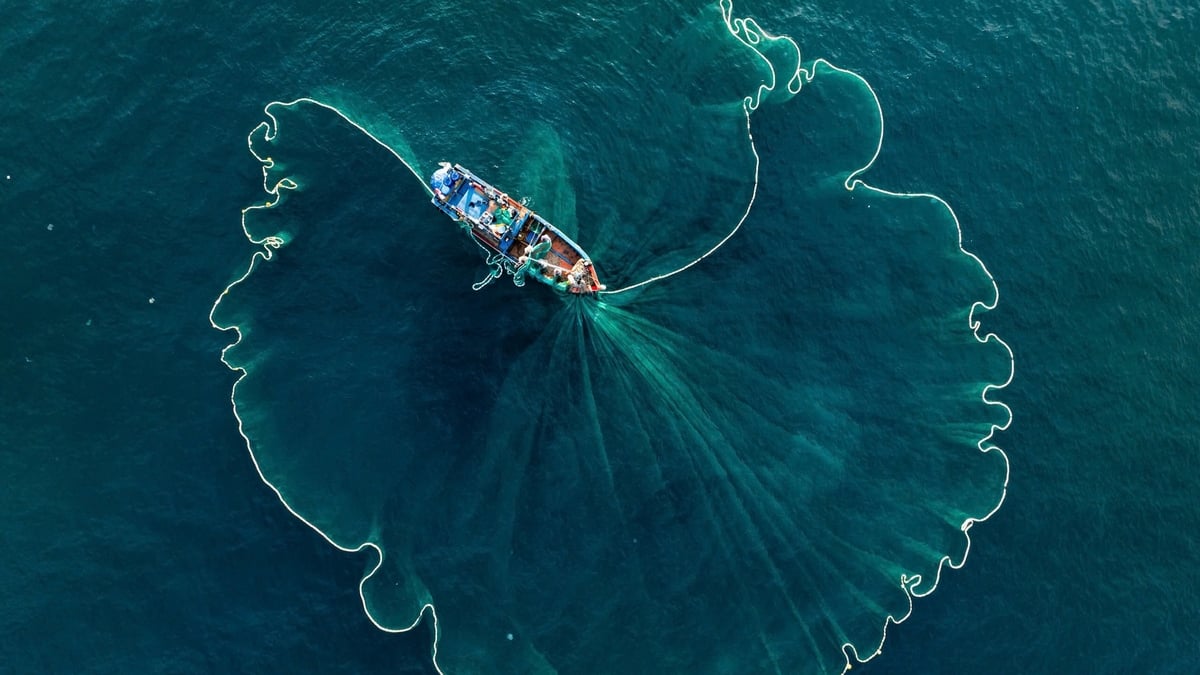
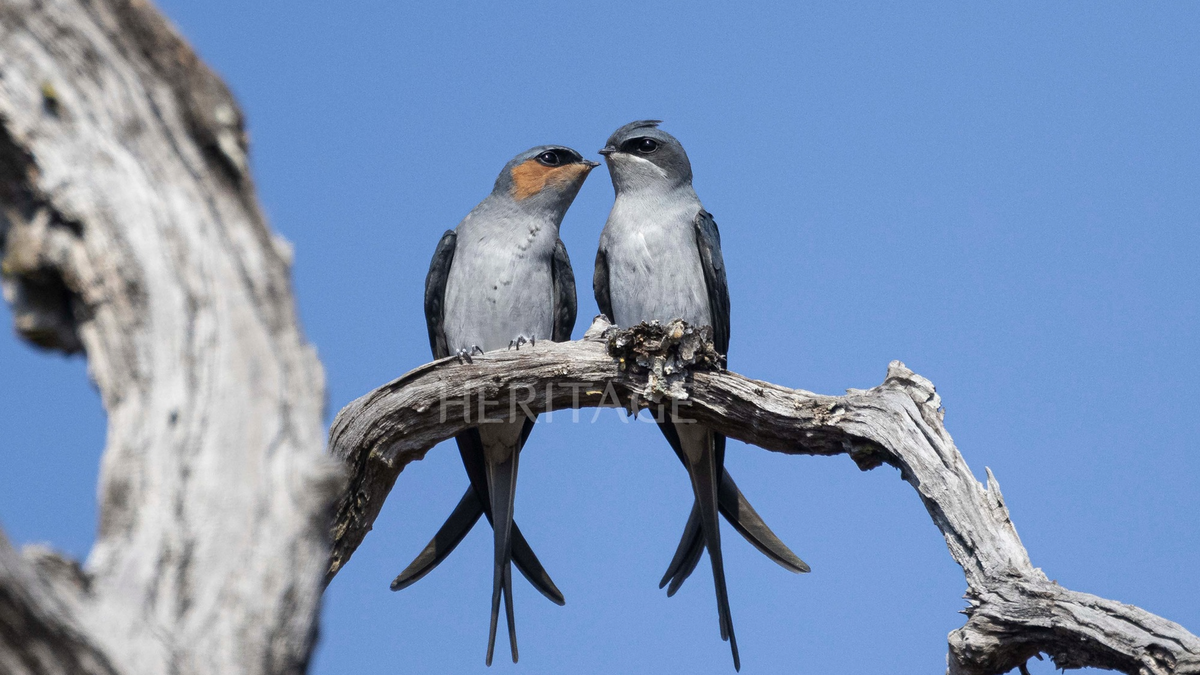

![[Photo] Vietnamese shipbuilding with the aspiration to reach out to the ocean](https://vphoto.vietnam.vn/thumb/1200x675/vietnam/resource/IMAGE/2025/5/20/24ecf0ba837b4c2a8b73853b45e40aa7)


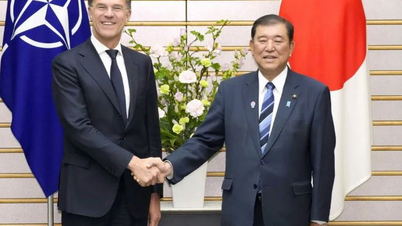
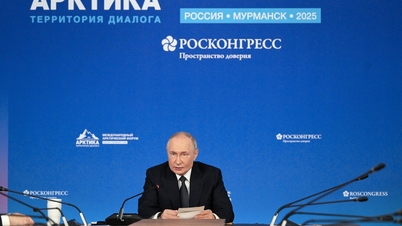

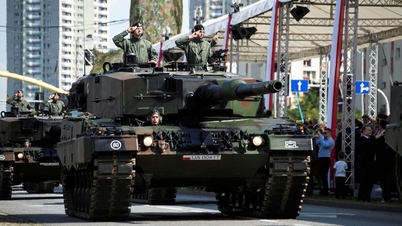
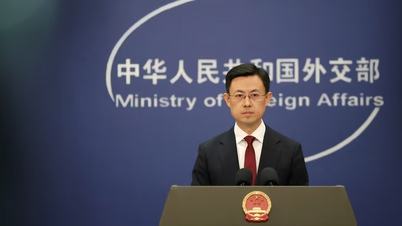
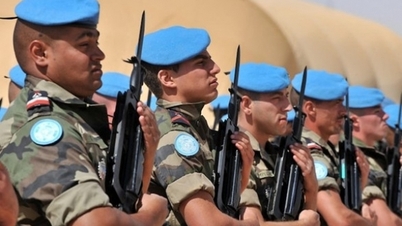
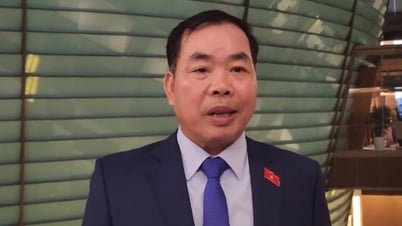


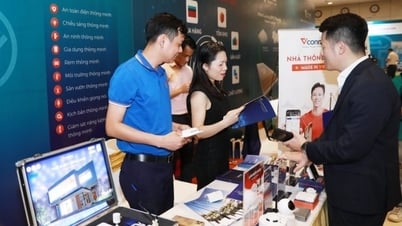
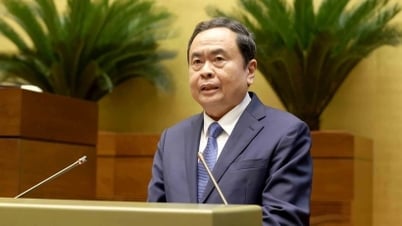
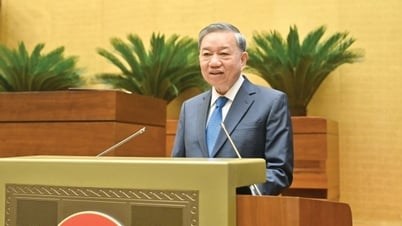
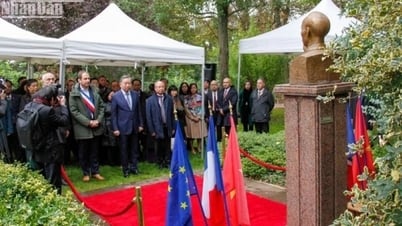






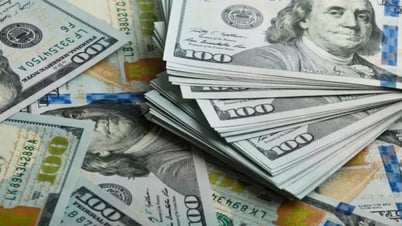
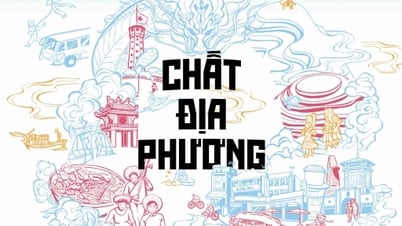
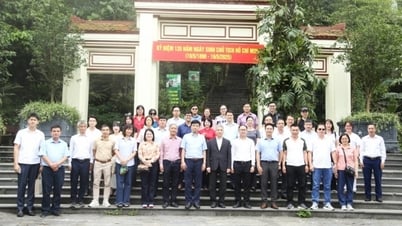
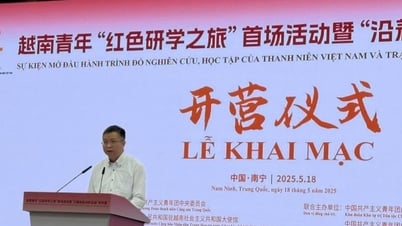


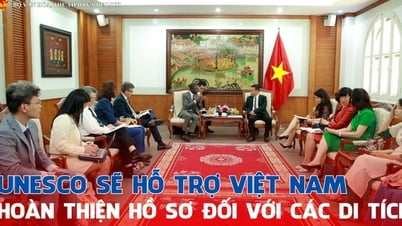

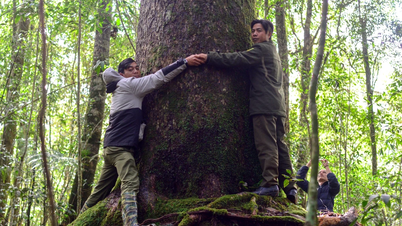

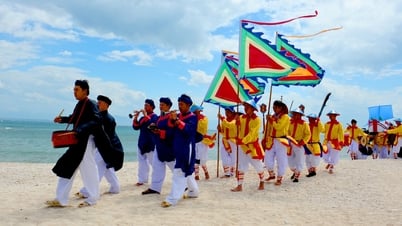




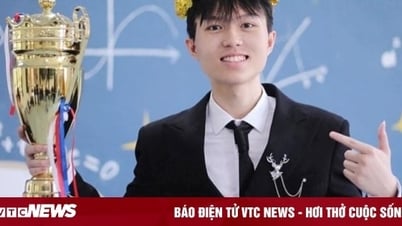










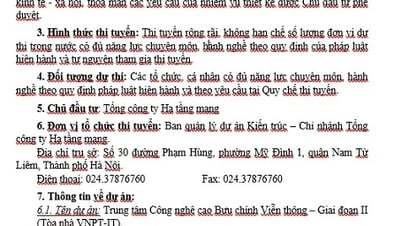


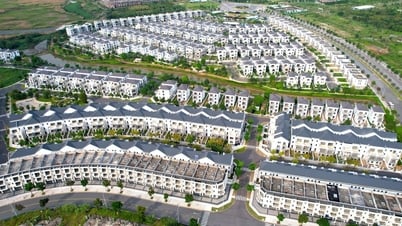


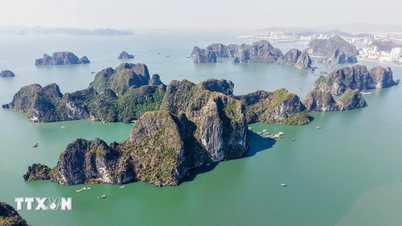





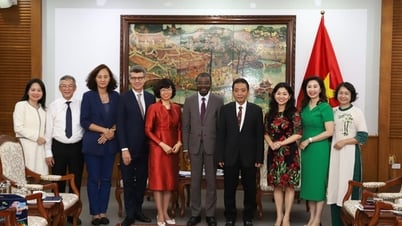








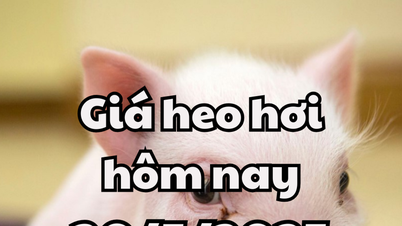





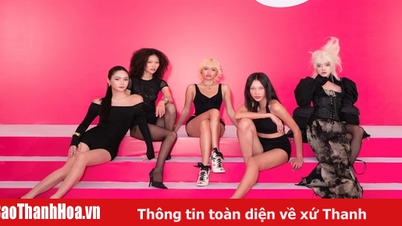










![[VIDEO] - Enhancing the value of Quang Nam OCOP products through trade connections](https://vphoto.vietnam.vn/thumb/402x226/vietnam/resource/IMAGE/2025/5/17/5be5b5fff1f14914986fad159097a677)
Comment (0)